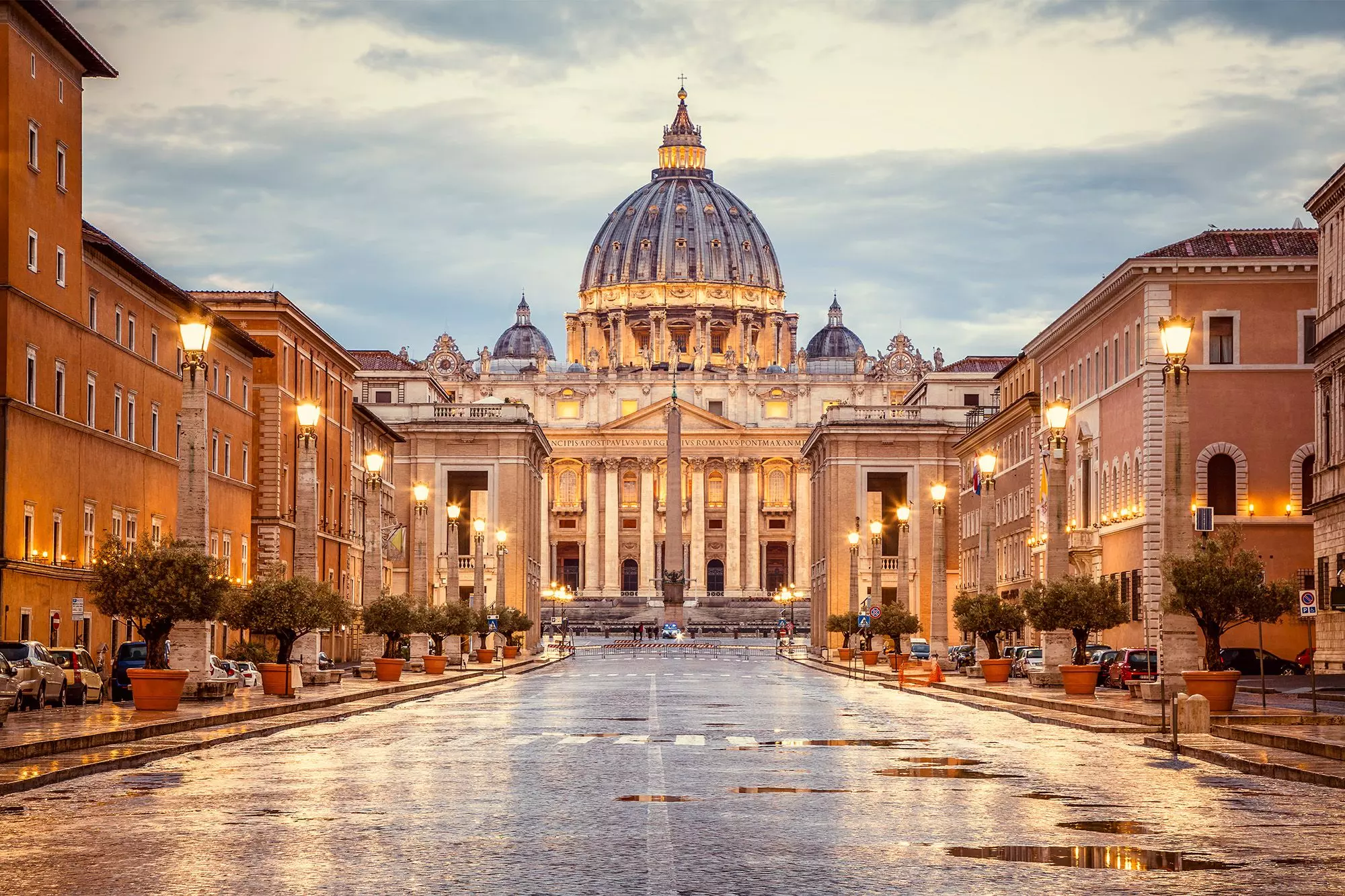Unveiling the Secrets of the Holy See: A Hidden World of Power and Intrigue
Deep within the heart of Rome, Italy, lies a tiny but significant sovereign city-state that has been the epicenter of Christianity for centuries. Vatican City, an independent nation with an area of approximately 110 acres, is home to the Pope, the central government of the Catholic Church, and a multitude of world-renowned landmarks and institutions. From its storied history to its complex politics, Vatican City is a place of unparalleled fascination, where intrigue and power entwine like the intricate frescoes that adorn its walls.
As the smallest internationally recognized sovereign state in the world, Vatican City is often overlooked by travelers and historians alike. However, its significance cannot be overstated. The Vatican has played a pivotal role in shaping Western civilization, from the early Christian Church to modern-day global politics. Its vast network of underground tunnels, secret chambers, and hidden archives holds secrets that have been locked away for centuries, waiting to be uncovered by intrepid researchers and curious minds.
In this article, we will delve into the hidden world of Vatican City, exploring its rich history, intricate politics, and the complex power struggles that have shaped its destiny. From the Sistine Chapel to the Pontifical Villas, we will uncover the secrets that lie beneath the surface of this tiny but mighty nation.
The History of Vatican City
Vatican City's history dates back to the 4th century, when it was a small piece of land within the Roman Empire. Over the centuries, the Vatican has been the site of numerous wars, sieges, and power struggles, which have left their mark on the city's architecture and politics.
Early Christianity and the Rise of the Papacy
The Vatican's history began with the construction of St. Peter's Basilica in the 4th century, commissioned by Emperor Constantine in 326 AD. The basilica was built on the site where Peter, one of Jesus' twelve apostles, was said to have been martyred. As Christianity spread throughout the Roman Empire, the Vatican became the center of the Catholic Church, with the Pope emerging as its leader.
The Renaissance and the Sistine Chapel
During the Renaissance, the Vatican underwent a significant transformation, as the art and architecture of the era were brought to bear on the city. The Sistine Chapel, with its iconic frescoes by Michelangelo, was completed in 1517 and quickly became a symbol of the Vatican's power and influence.
The Catholic Counter-Reformation
In the 16th century, the Catholic Church faced a major crisis in the form of the Protestant Reformation. In response, the Vatican launched a counter-reformation, which saw the rise of powerful popes and the establishment of numerous institutions and organizations to defend Catholicism.
Modern-Day Vatican City
Today, Vatican City is a sovereign nation, recognized by the international community as a separate entity from the Holy See, the governing body of the Catholic Church. The Vatican is home to numerous iconic landmarks, including St. Peter's Basilica, the Sistine Chapel, and the Vatican Museums.
A Unique Government
Vatican City has a unique government, with the Pope serving as its head of state. The Vatican is governed by the Pontifical Council, which is composed of senior bishops and cardinals. The government is divided into two branches: the Pontifical Council and the Roman Curia, which is responsible for implementing the Pope's decrees.
The Politics of Vatican City
Vatican City's politics are shrouded in secrecy, with the inner workings of the government remaining largely unknown to the public. However, it is clear that the Vatican is a complex and powerful institution, with its own diplomatic corps and network of alliances with world leaders.
The Vatican's Diplomatic Corps
The Vatican has a small but influential diplomatic corps, which represents the Holy See in diplomatic relations with over 180 countries around the world. The Vatican's diplomats are responsible for negotiating treaties and agreements, as well as representing the Catholic Church's interests in international affairs.
The Pontifical Council
The Pontifical Council is the governing body of the Vatican, responsible for implementing the Pope's decrees and overseeing the government's various departments. The council is composed of senior bishops and cardinals, who are chosen by the Pope for their expertise and experience.
The Roman Curia
The Roman Curia is the administrative arm of the Vatican, responsible for implementing the Pope's decrees and overseeing the government's various departments. The Roman Curia is divided into several sections, including the Congregation for the Doctrine of the Faith and the Congregation for the Doctrine of the Sacred Liturgy.
The Vatican's Power and Influence
Vatican City's power and influence are undeniable, with the Catholic Church being one of the largest and most influential institutions in the world. The Vatican's wealth and assets are estimated to be in the tens of billions of dollars, with its own unique economy and currency.
The Vatican's Economy
The Vatican's economy is based on a combination of investments, tourism, and charitable activities. The Vatican's wealth is estimated to be in the tens of billions of dollars, with its own unique currency, the Vatican lira.
The Vatican's Investments
The Vatican has a significant investment portfolio, with its funds invested in a range of assets, including stocks, bonds, and real estate. The Vatican's investments are managed by the Pontifical Council for the Economy, which is responsible for overseeing the government's financial affairs.
The Vatican's Charitable Activities
The Vatican is also a major player in charitable activities, with numerous organizations and institutions established to support the poor and vulnerable. The Vatican's charitable activities are overseen by the Pontifical Council for Social Communications, which is responsible for promoting the Catholic Church's social teachings.
The Secret Archives and Hidden Chambers
V
Talia Ryder
Sophia Rain
Morgan Vera Fans
Article Recommendations
- Madi Ruve
- Morgan Vera
- Matthew Gray Gubler
- Lidia Curanaj
- Noa Netany Roth
- Watchports Online Free
- Tyler Hynes Relationships
- Malcolm Gladwell Wife
- Jasmin Gassmann
- Brad Renfro

/saint-peters-56730e4e5f9b586a9e34c307.jpg)
:max_bytes(150000):strip_icc()/view-of-vatican-city---164818774-5ac234d88023b900365bc98d.jpg)
/VaticanMuseum3-54feacec9bc64d59b4c9f3d283e88b11.jpg)